Windows 11, несомненно, является самой продвинутой операционной системой от Microsoft, предлагающей расширенные функции и эффективный пользовательский интерфейс. Однако, как и любое программное обеспечение, оно может столкнуться с проблемами, и одна из неприятных проблем, с которыми вы можете столкнуться, заключается в том, что Windows продолжает перезагружаться. Несколько пользователей сообщили, что Windows 11 продолжает выключаться и перезагружаться случайным образом, без каких-либо предупреждений или сообщений об ошибках. Читать
Архив автора: admin
Что означает «Challenge Required» в Instagram и как это исправить
Instagram может быть популярен, но он не застрахован от случайных сбоев, которые могут испортить вашу работу в социальных сетях. Одним из таких препятствий является ошибка «Challenge Required», которая может появиться при загрузке приложения, входе в систему или даже при удалении вашей учетной записи.
Ваше приключение в Instagram может внезапно остановиться, если вы столкнетесь с загадочной ошибкой «Challenge Required». Это руководство поможет вам понять, что означает эта ошибка, почему она возникает и как ее исправить.
Что означает ошибка «Challenge Required» в Instagram и почему она появляется
Instagram, как и другие социальные сети, принял меры для предотвращения доступа ботов к платформе. В результате, если вы совершаете подозрительные действия, например используете чрезмерное количество хэштегов, комментируете несколько публикаций за короткий период времени или входите в систему с неизвестного устройства, Instagram может ограничить активность вашей учетной записи. На это ограничение часто указывает ошибка «Challenge Required», которая требует от вас подтвердить, что вы реальный человек, а не бот, пытающийся получить доступ к учетной записи.

Помимо вышесказанного, ошибка «Challenge Required» также может возникать из-за плохого подключения к Интернету или сбоев на стороне сервера. К счастью, можно исправить ошибку и снова заставить ваш Instagram работать.
Как исправить ошибку «Требуется вызов» в Instagram для Android и iPhone
Теперь, когда вы знаете типичные причины ошибки «Challenge Required», давайте рассмотрим некоторые решения для устранения этой проблемы.
1. Переключитесь на другое подключение к Интернету.
Медленное или ненадежное подключение к Интернету может вызвать ошибку «challenge_required» в Instagram. Кроме того, Instagram может заблокировать ваш IP-адрес, если обнаружит подозрительную активность в аккаунте. В таких случаях переключение на другое сетевое подключение должно мгновенно решить вашу проблему. Следовательно, это первое, что вам следует попробовать.
2. Откройте приложение Instagram в браузере вашего телефона.
Несколько пользователей в сообщении Reddit сообщили, что исправили ошибку «Challenge Required» на своих Android или iPhone, открыв приложение Instagram из браузера. Вы также можете попробовать. Вот как:
Шаг 1. Откройте окно инкогнито в Chrome или Safari на своем телефоне и перейдите на сайт Instagram.
Шаг 2: Войдите в свою учетную запись Instagram. Нажмите «Открыть», когда увидите приглашение переключиться на приложение Instagram.
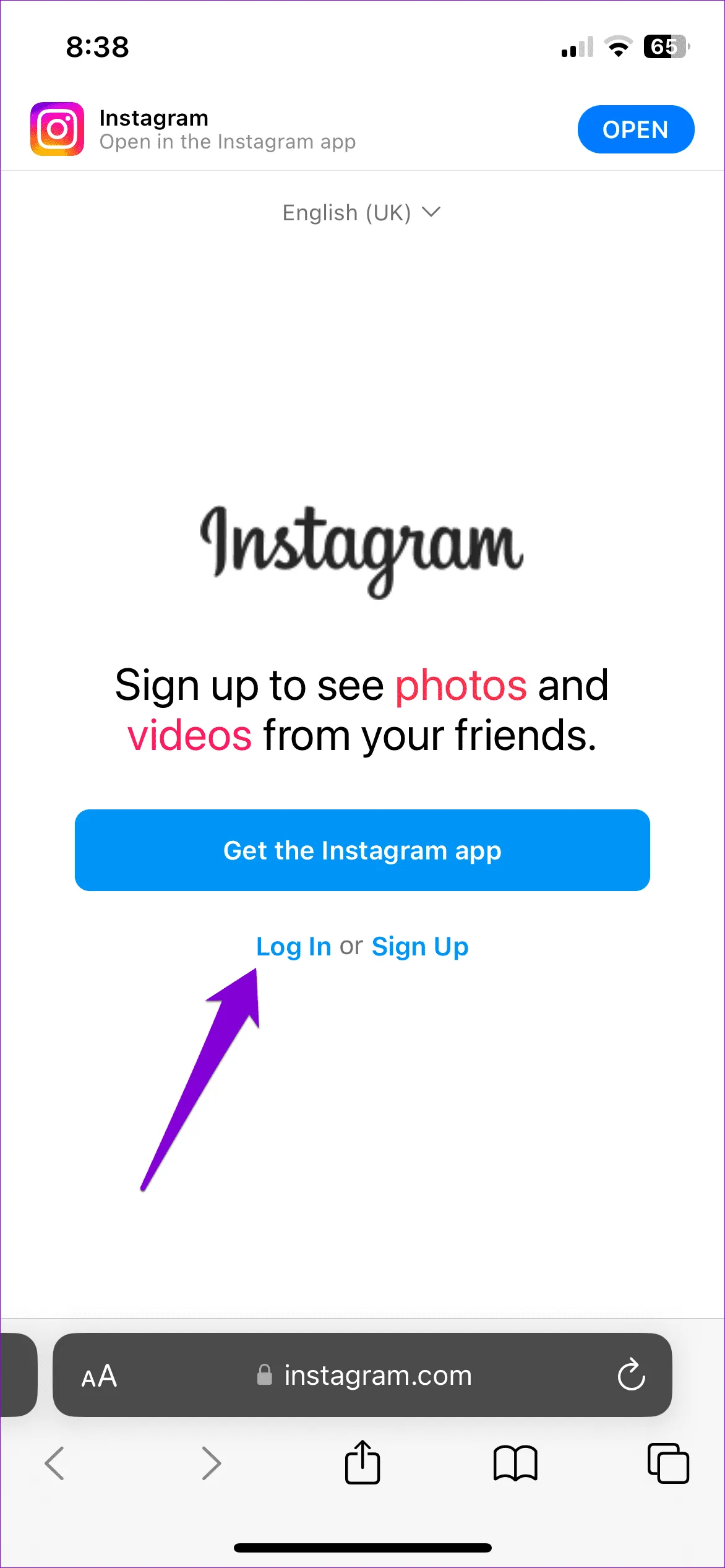

После этого Instagram не должен показывать ошибку «challenge_required» и загружаться нормально. Если нет, повторите шаги, описанные выше, несколько раз и посмотрите, исчезнет ли ошибка.
3. Переустановите приложение Instagram.
Instagram на вашем Android или iPhone иногда может зависать с ошибкой «Challenge Required» из-за повреждения кеша, ошибок или других проблем, связанных с приложением. В этом случае удаление и повторная установка приложения Instagram на телефоне должны помочь решить проблему.
Если у вас Android, нажмите и удерживайте значок приложения Instagram и выберите «Удалить». Выберите ОК для подтверждения.
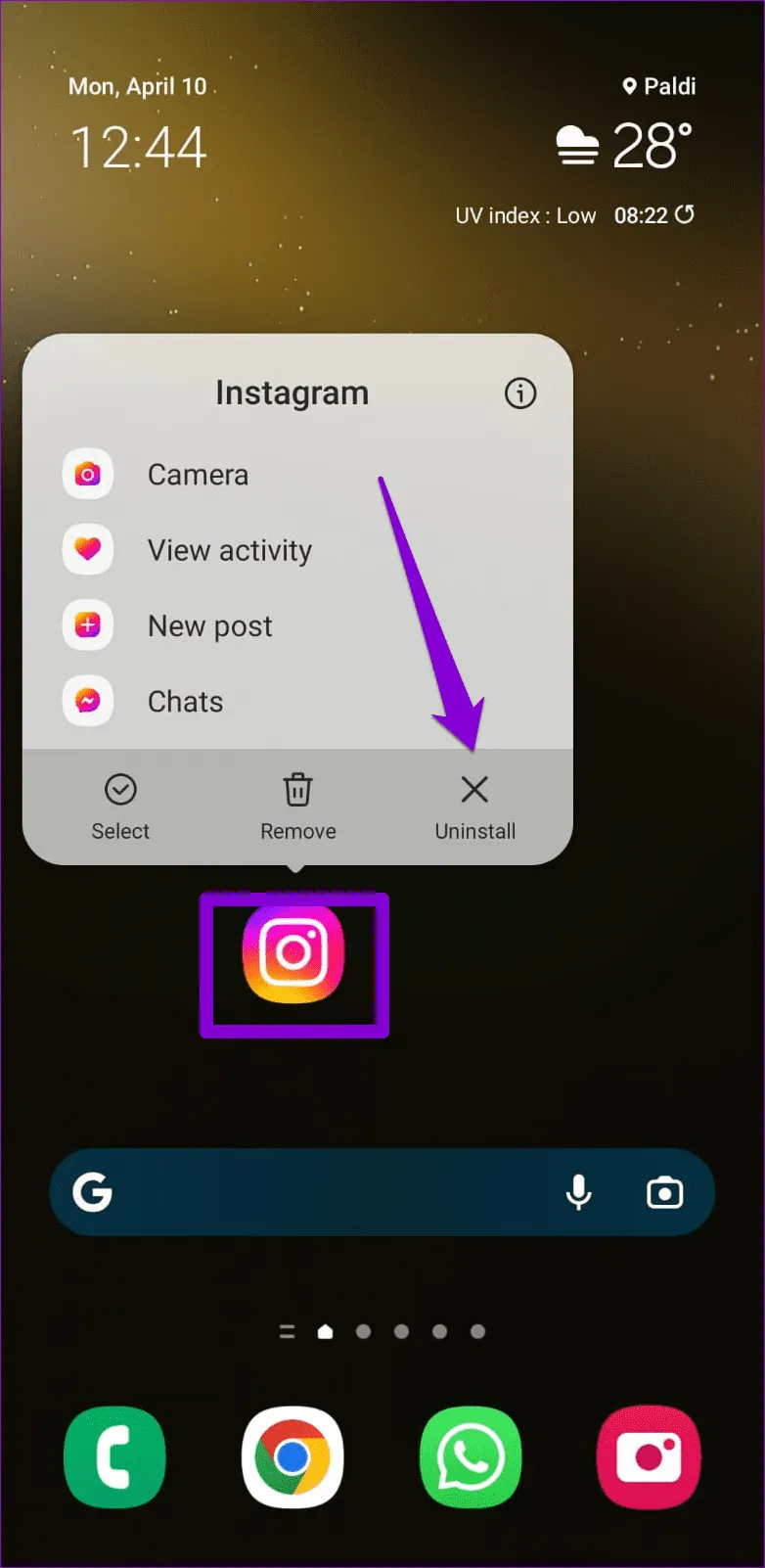
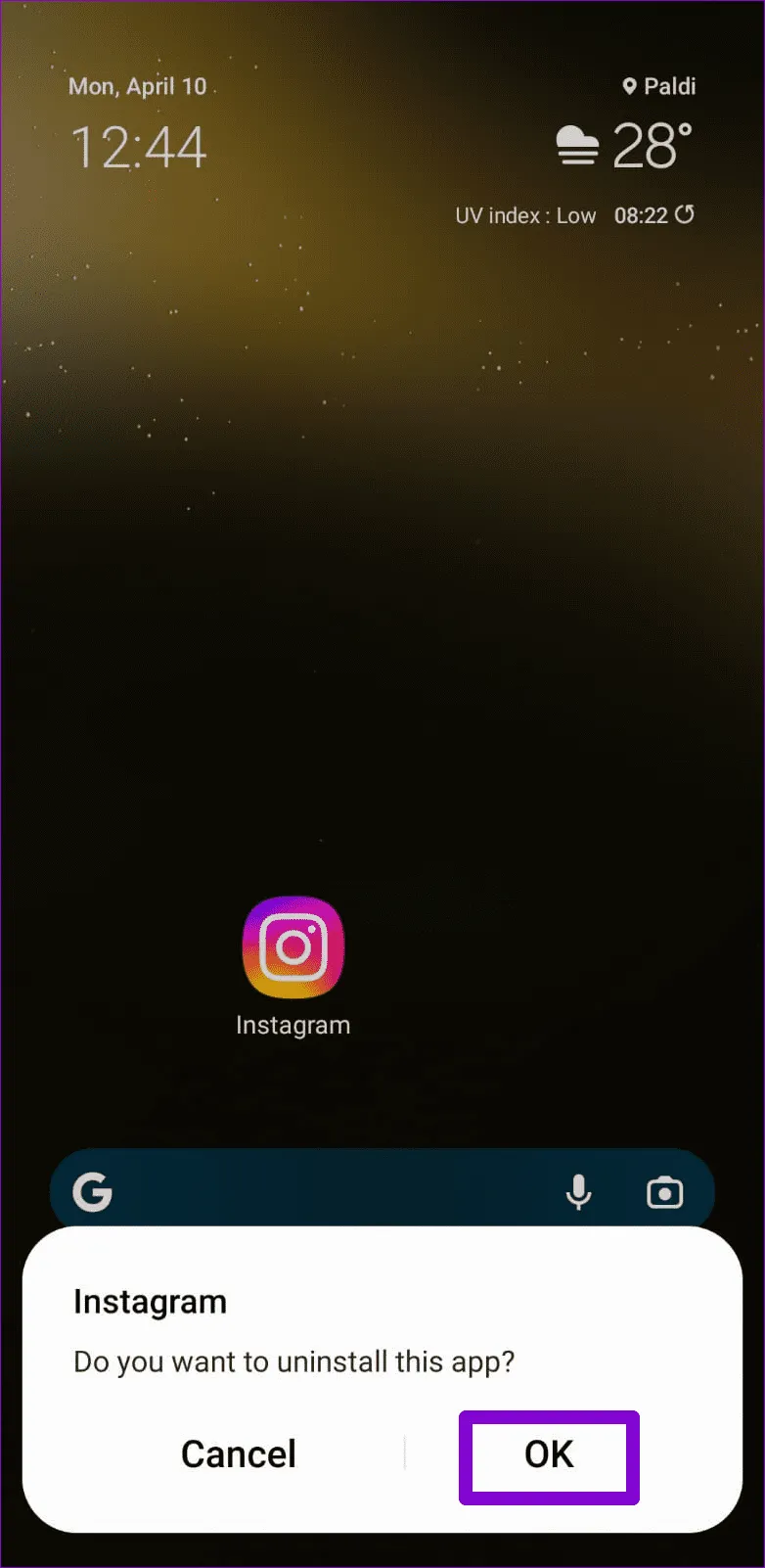
На iPhone коснитесь и удерживайте значок приложения Instagram и выберите «Удалить приложение» в появившемся меню. Затем выберите «Удалить» для подтверждения.
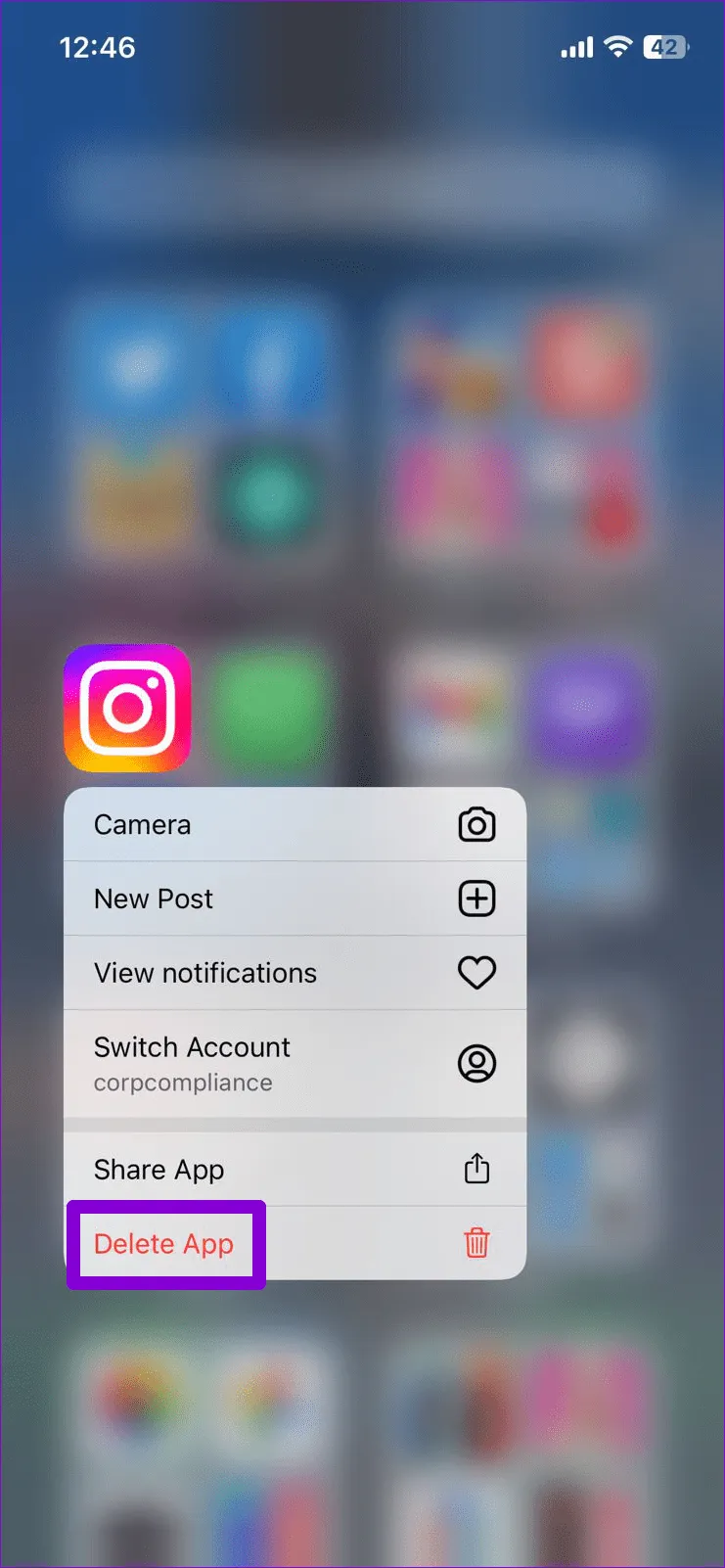

После удаления воспользуйтесь следующими ссылками, чтобы загрузить и установить приложение Instagram на свой телефон и проверить, сохраняется ли проблема.
4. Попробуйте получить доступ к аккаунту Instagram с другого устройства.
Другая причина, по которой Instagram может продолжать показывать ошибку «Challenge Required», заключается в том, что вы входите в систему с устройства, которое ранее не использовали. В таких случаях Instagram может потребовать от вас подтвердить свою личность.
Чтобы это исправить, попробуйте войти в систему с устройства, которое вы ранее использовали для обхода или выполнения задания. После того как вы подтвердите свою личность, вы сможете получить доступ к своей учетной записи Instagram с других устройств.
5. Проверьте, не работает ли Instagram
Возможно, вы не единственный, у кого проблемы с Instagram. Есть вероятность, что на серверах Instagram произошел сбой, поэтому приложение не загружается на ваш телефон. Вы можете проверить статус сервера Instagram, посетив такой веб-сайт, как Downdetector.
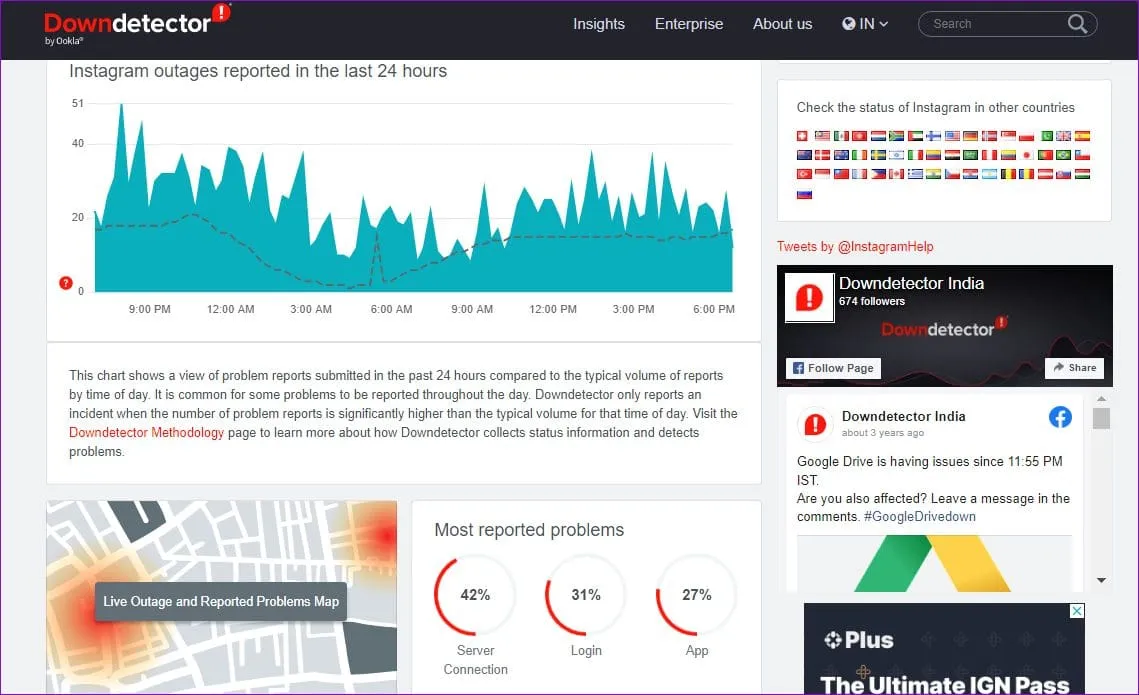
Если серверы Instagram не работают, подождите, пока они снова заработают. После этого Instagram должен нормально загружаться и не выдавать никаких ошибок.
Конец испытаний
Ошибки при использовании Instagram не редкость. Сообщение «v» — это лишь одно из многих сообщений об ошибке, с которыми вы можете столкнуться. Надеемся, что один из советов, упомянутых в статье, помог исправить сообщение об ошибке, и теперь вы можете возобновить прокрутку ленты Instagram.
Понимание и внедрение методов балансировки нагрузки Linux
Если вы управляете серверами Linux, вы знаете, что они надежны и универсальны. Но чтобы получить от них максимальную отдачу, вам также необходимо понимать, как реализовать правильную балансировку нагрузки — и именно об этом вся эта статья.
Начнем с основ: что такое балансировка нагрузки и почему это так важно для ваших серверов? Речь идет не только о предотвращении сбоев; речь идет о максимизации эффективности и стабильности. Читать
Лестница — важнейший элемент в вашем доме
Любой каркасный дом невозможно представить без лестниц. Даже в одноэтажном частном здании есть, как минимум, две: на входе и на чердак.
Наиболее взвешенным решением является их возведение уже на этапе строительства дома. Это исключает вероятность повреждения стен и финишного напольного покрытия, упрощает работу строителей и отделочников на втором этаже.
Новости MySQL: Обзор последних достижений и перспектив
MySQL, одна из самых популярных систем управления базами данных (СУБД) в мире, продолжает развиваться и совершенствоваться. В этой статье мы рассмотрим последние новости MySQL, включая новые функции, обновления производительности, изменения в безопасности и многое другое.
Индивидуальный proxy: Почему стоит купить приватный прокси сервер для пк
Приватные прокси-серверы являются прокси-серверами с ограниченным доступом, которые используются конкретным пользователем или организацией. Если индивидуальный (приватный) proxy купить, то у вас появиться ряд преимуществ по сравнению с общедоступными прокси. Выбор прокси-сервера предназначено для пользователей, которые ценят анонимность, безопасность и высокую скорость. Читать